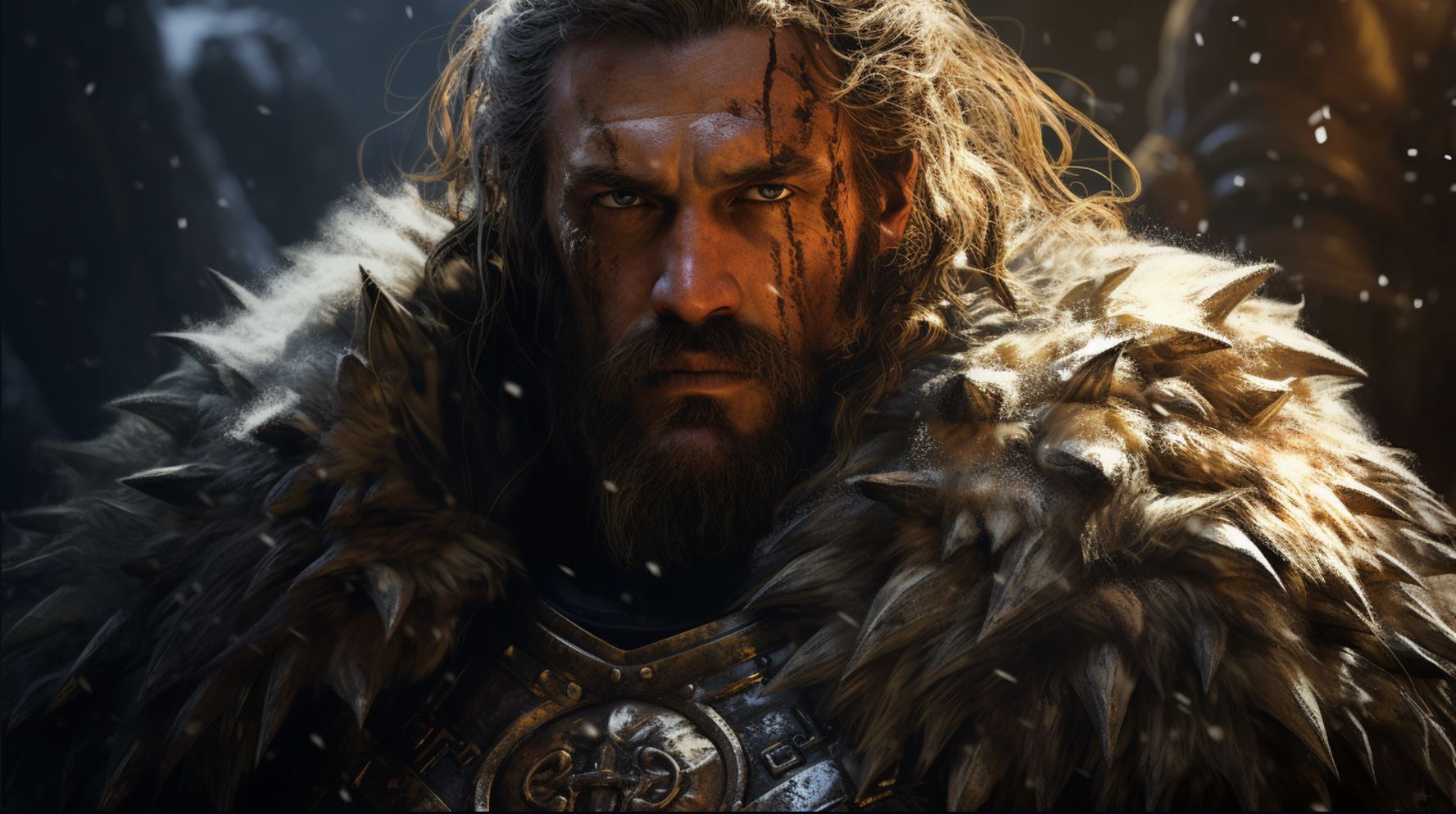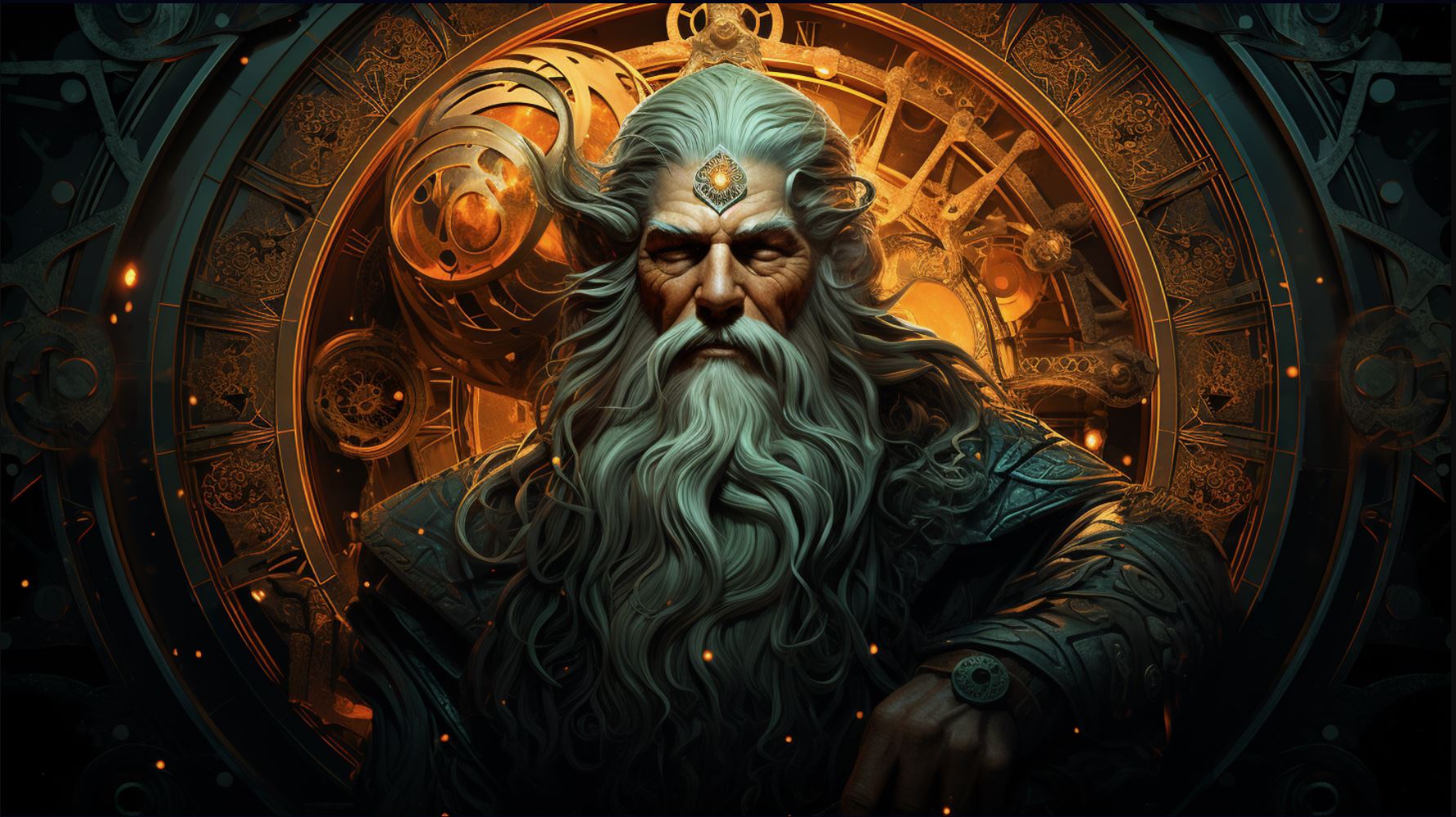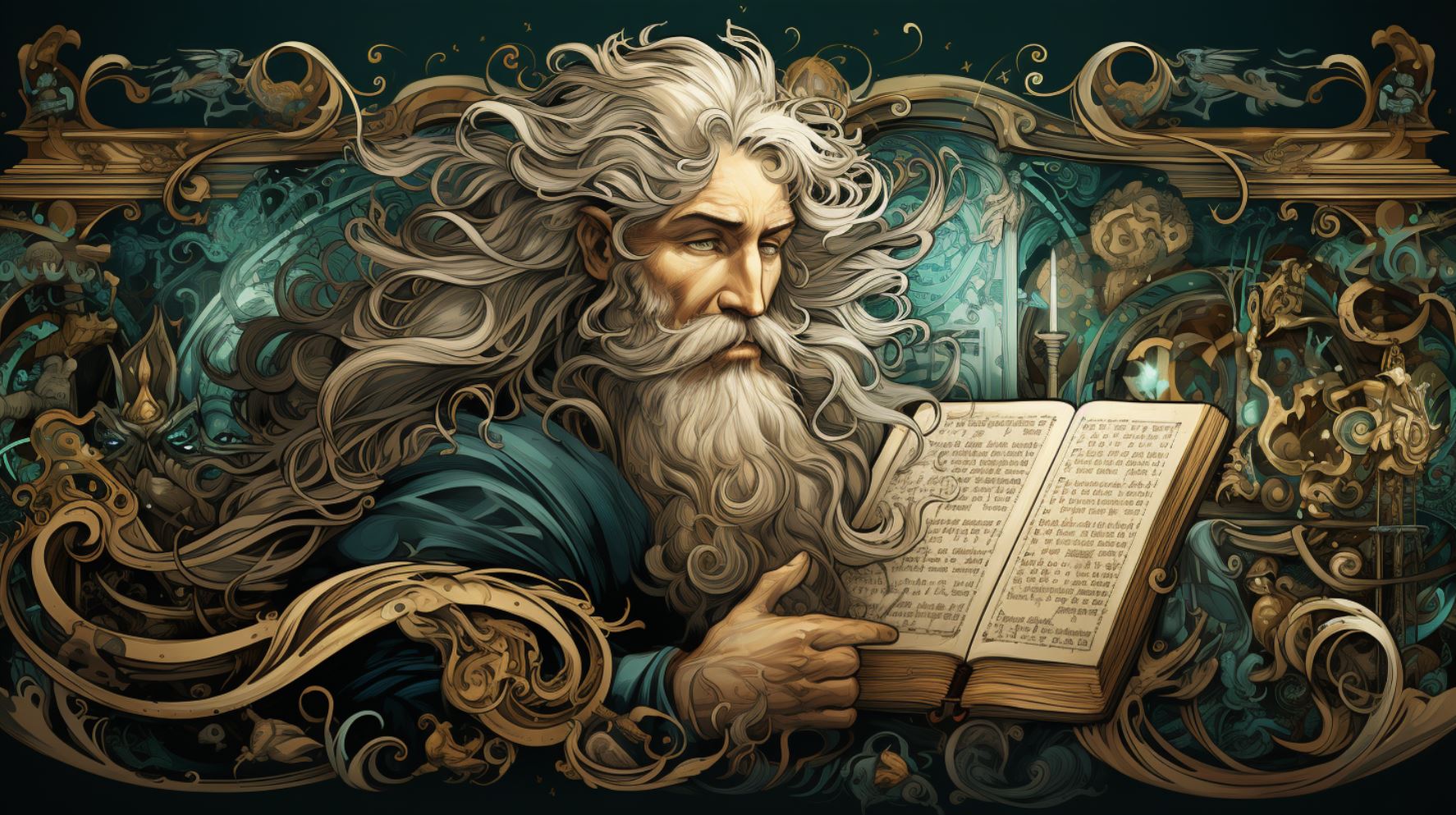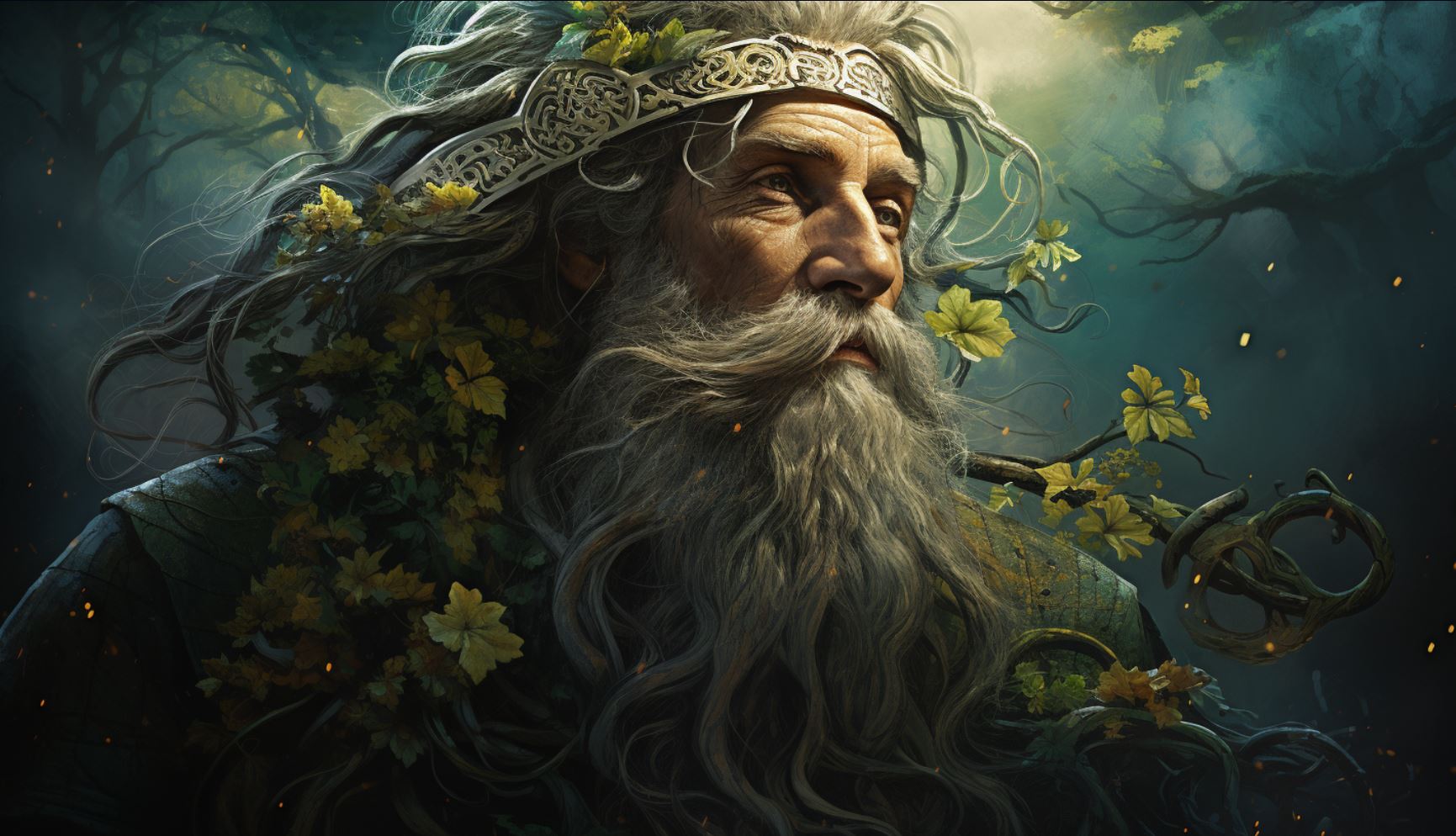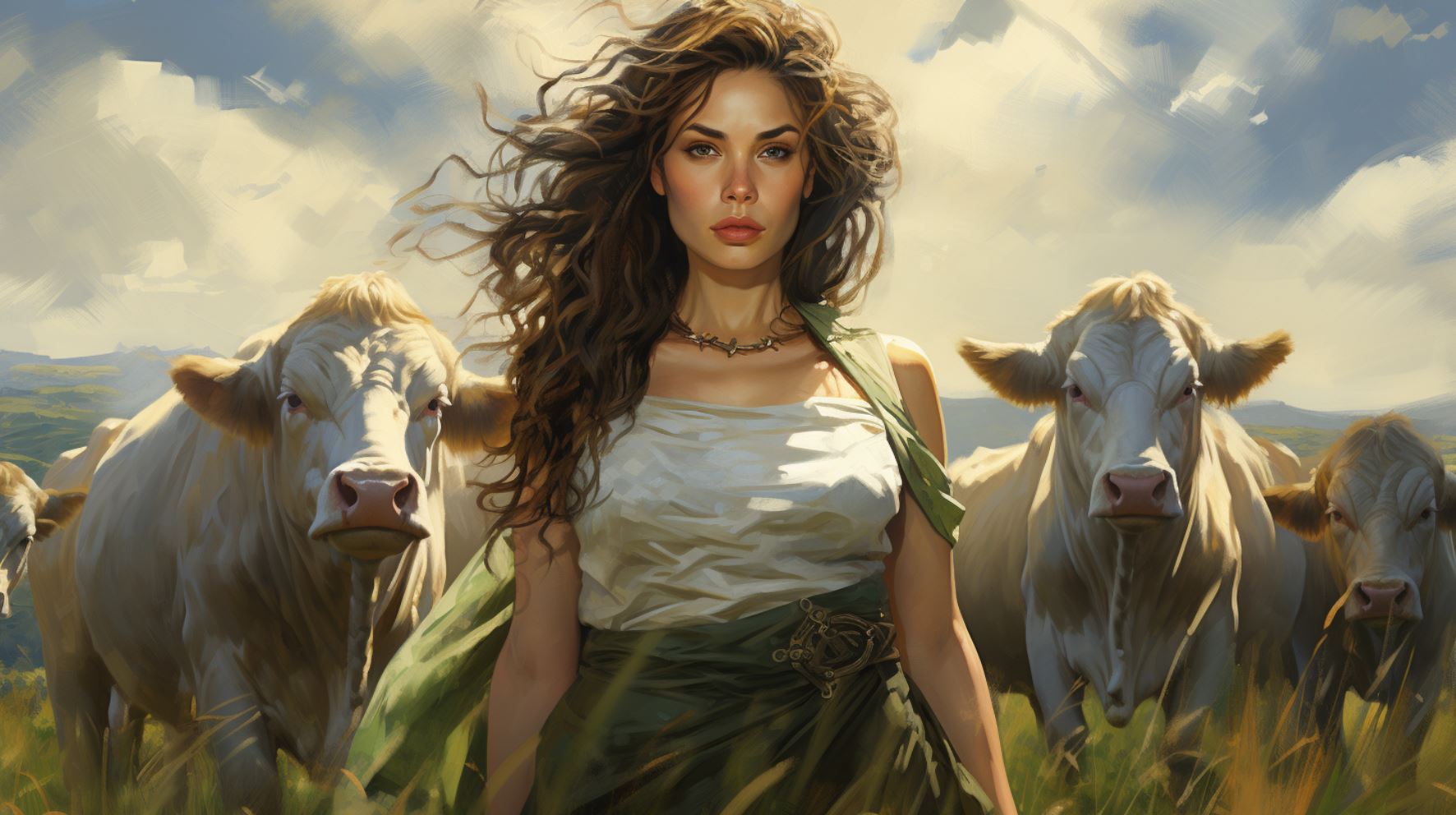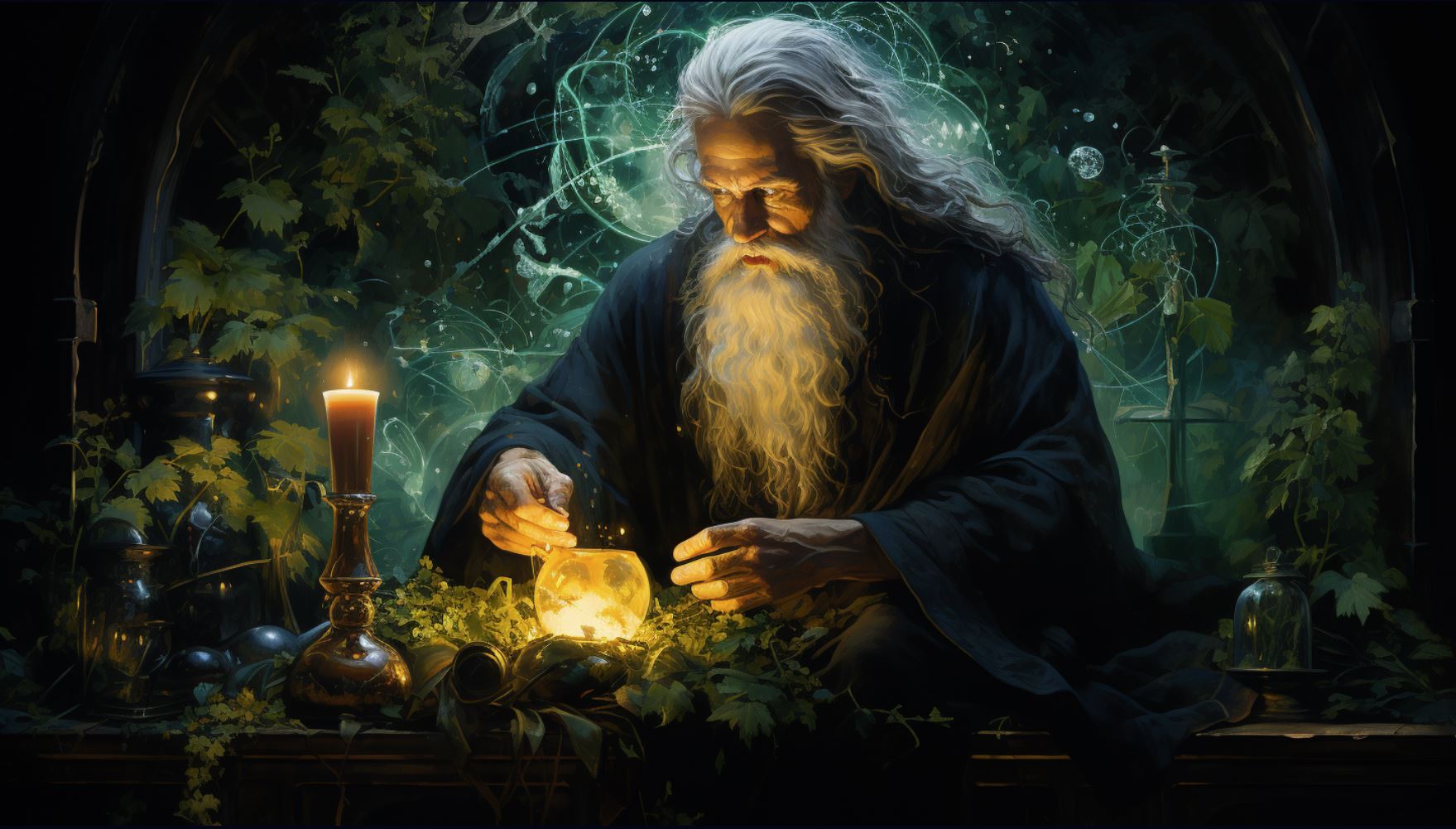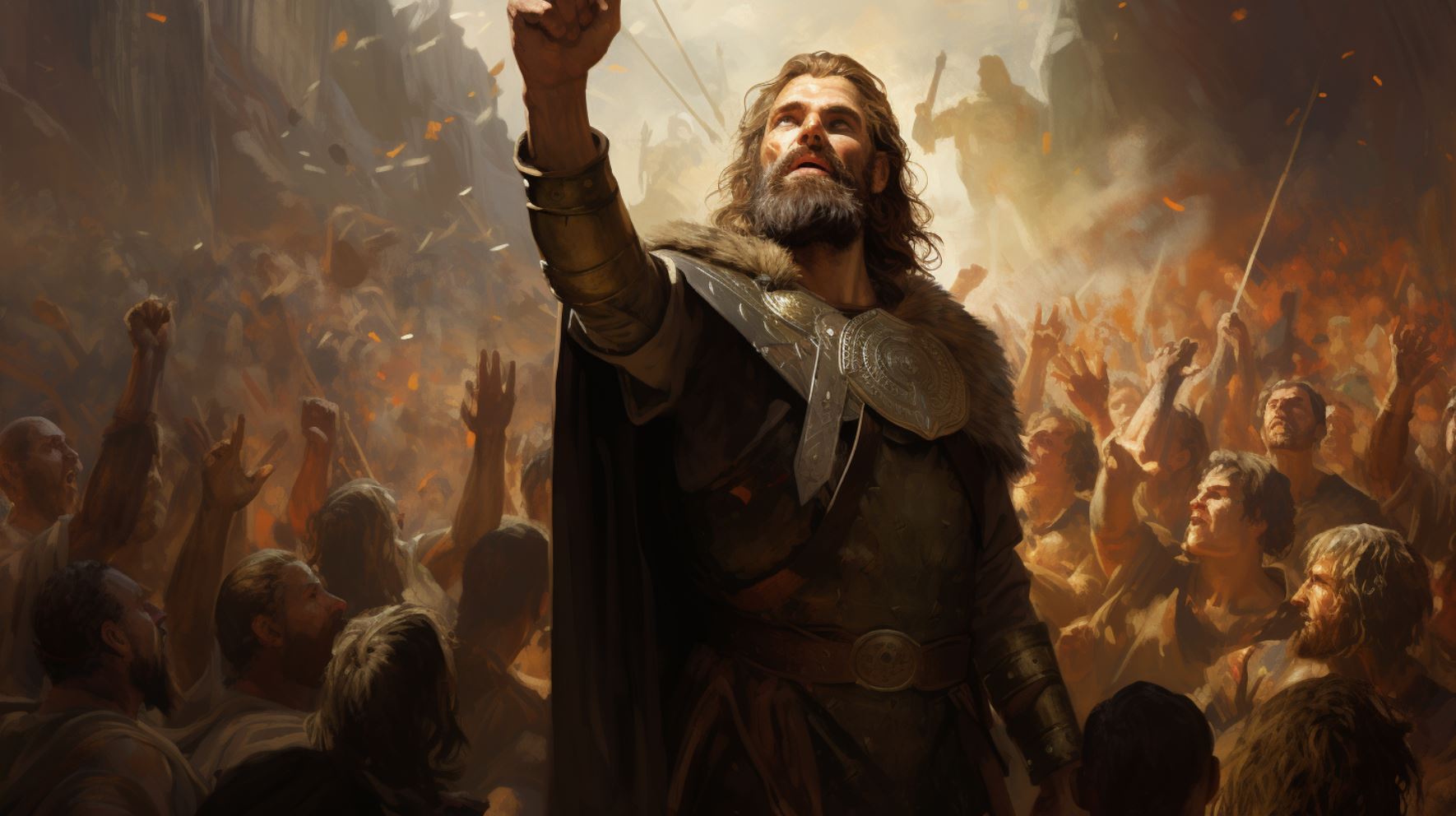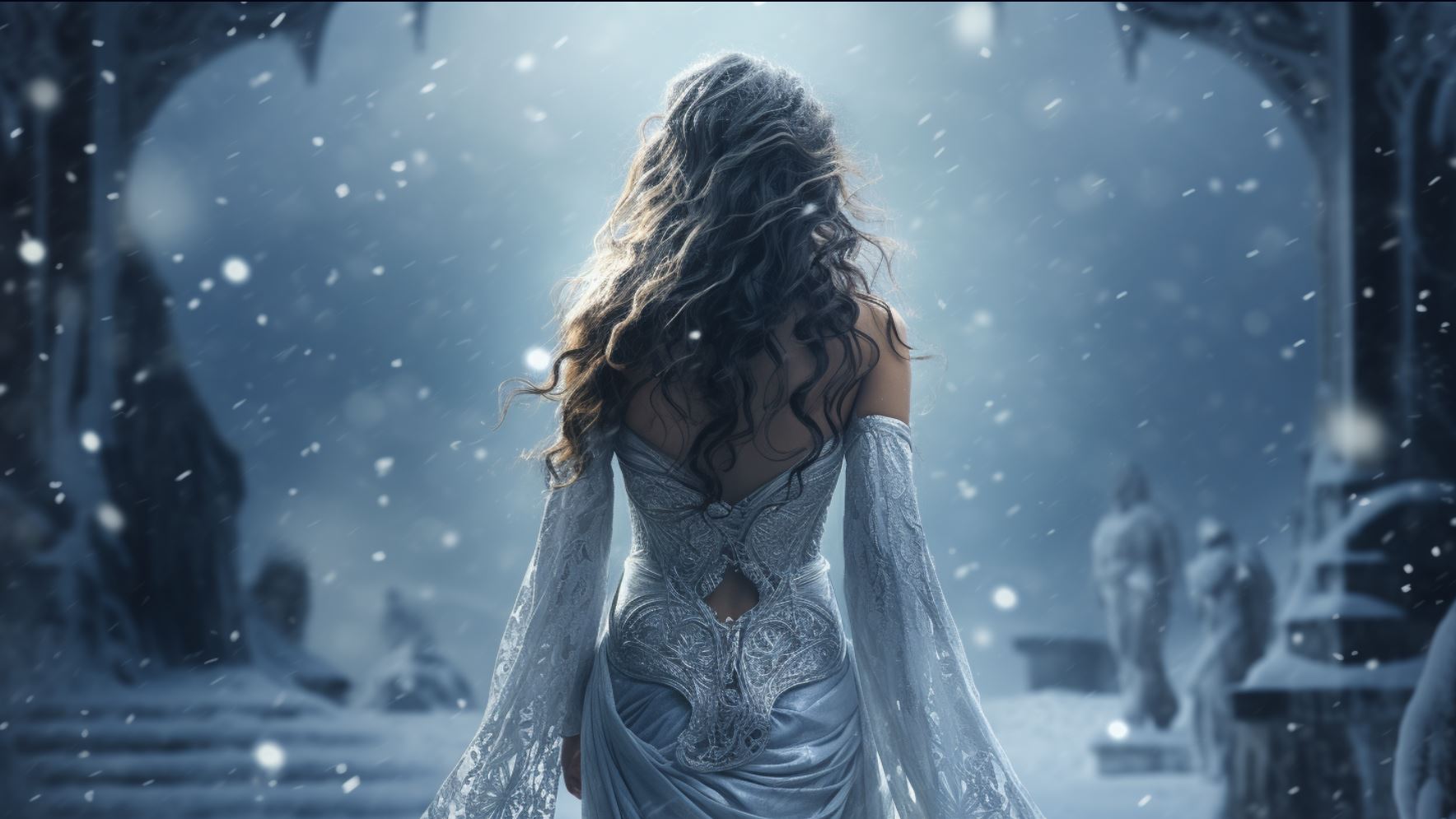Balor Celtic God: Mythology and Power Unveiled
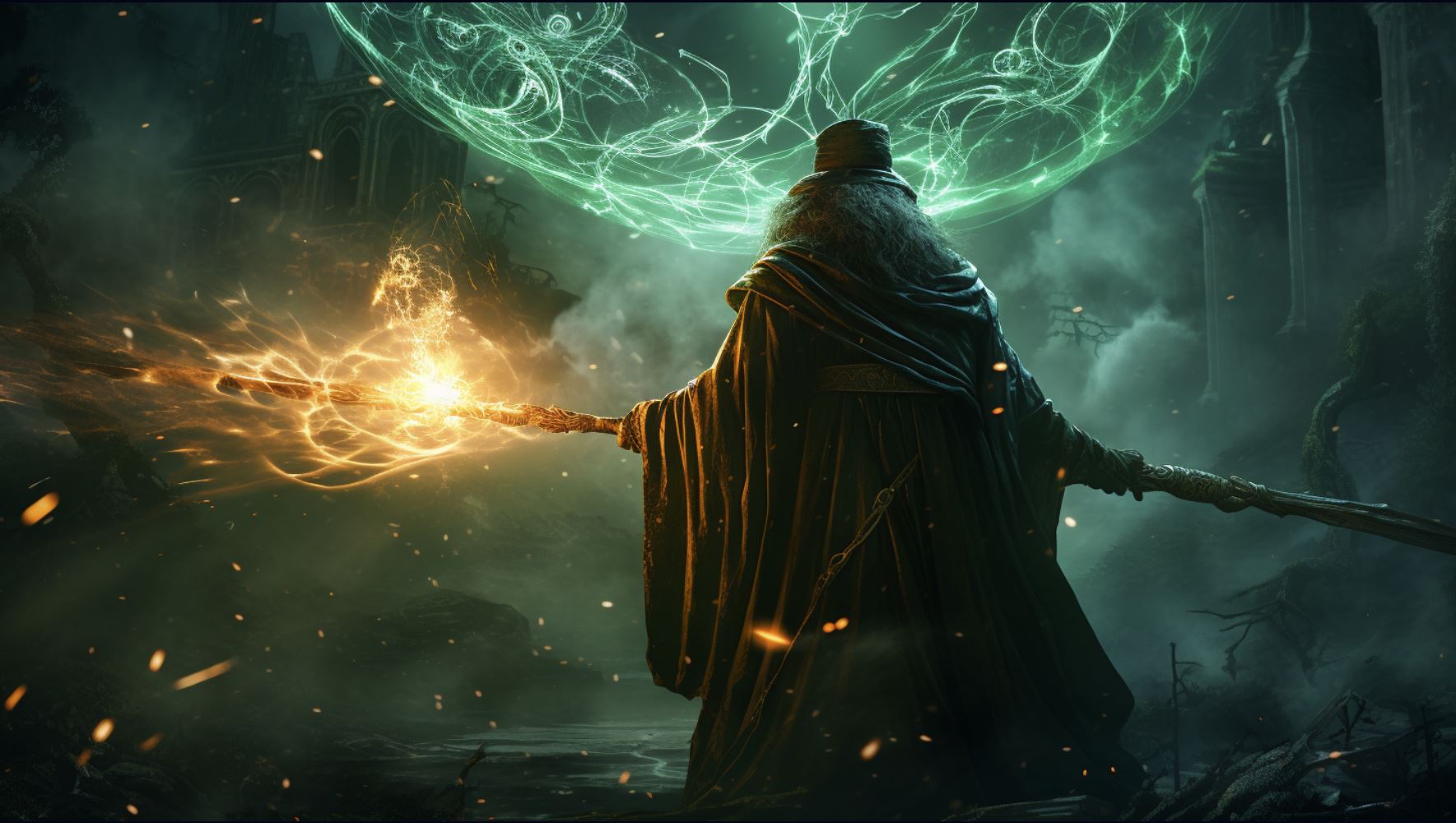
In Celtic mythology, Balor, the leader of the Fomorians, poses a dire threat to the Irish people. Revered as a powerful sorcerer and massive giant, Balor’s destructive nature lies within his monstrous eye.
After consuming a potion, his eye grew immensely potent, causing death to anyone it gazes upon. Engaging in the legendary Battle of Mag Tuired, Balor meets his demise at the hands of his own grandson, Lugh of the Tuatha Dé Danann, a race of Irish gods.
This introduction provides a glimpse into Balor’s role, the battle, and his lasting impact on Irish culture and mythology.
Mythological Cycle: The Legends and Tales
The Mythological Cycle is a collection of ancient Irish legends and tales that form the foundation of Celtic mythology.
Within this rich folklore, the role of Balor holds a significant place, showcasing his power and influence within the mythological narrative.
The Role of Balor in the Mythological Cycle
Balor, the powerful leader of the Fomorians, emerges as a central figure in Celtic mythology. As a mighty king and sorcerer, Balor represents chaos and poses a grave threat to the Irish people.
His actions and interactions with various deities and heroes shape the narrative of the Mythological Cycle.
Balor’s Evil Eye: The Smiter of Destruction
One of the most distinctive attributes of Balor is his fearsome evil eye, which possesses immense destructive power. This monstrous eye, enlarged after he peered into a potion, turned venomous and caused death to anyone it gazed upon.
The legend of Balor’s evil eye accentuates his status as a formidable antagonist and adds a captivating element to the Mythological Cycle.
Balor and the Tuatha Dé Danann
In the rich tapestry of Celtic mythology, the epic clash between Balor and the Tuatha Dé Danann stands as one of the most formidable battles. This confrontation, known as the Battle of Mag Tuired, unfolds as a pivotal event in Irish folklore, leaving an indelible mark on its cultural legacy.
Here, we delve into the details of Balor’s battle in Mag Tuired and the ultimate confrontation with his grandson, Lugh.
Balor’s Battle in Mag Tuired
As the ruler of the Fomorian race, Balor emerges as a dominant figure in the Battle of Mag Tuired. This monumental conflict pits the Fomorians against the Tuatha Dé Danann, the divine beings of Gaelic mythology.
Balor, a powerful sorcerer and giant of immense size, leads his Fomorian forces against the revered Tuatha Dé Danann.
Amid the chaos of battle, Balor’s malevolent presence looms large. His ominous eye, notorious for its annihilating gaze, becomes the focal point of his malevolence.
Legend has it that this eye grew to unimaginable proportions after inadvertently glancing into a potion, transforming it into a deadly weapon that decimates anything it gazes upon.
The clash between Balor and the Tuatha Dé Danann in Mag Tuired is a clash of elemental forces, with each side fiercely vying for supremacy.
The battle rages on relentlessly, with Balor unleashing his destructive power upon the Tuatha Dé Danann, determined to claim victory for the Fomorians.
Defeat and Death: Lugh’s Confrontation
It is in the midst of the chaotic battleground that Lugh, Balor’s grandchild and a formidable deity himself, confronts his malevolent grandfather. Lugh stands as a symbol of hope and resilience for the Tuatha Dé Danann, having been raised by Manannán Mac Lir, the powerful sea god.
In a climactic showdown, Lugh faces the towering figure of Balor, armed with his own divine abilities. Their confrontation embodies the struggle between good and evil, with Lugh embodying the forces of light and Balor representing the darkness and destruction that the Fomorians wield.
Using a scorching stone, Lugh aims a fatal blow at Balor’s eye, channeling his unwavering determination to bring an end to the reign of the malevolent giant. The stone strikes true, shattering Balor’s eye and ultimately causing his demise.
With the defeat of Balor, Lugh secures a significant victory for the Tuatha Dé Danann, solidifying his place as a legendary hero in Irish mythology. This pivotal moment in the Battle of Mag Tuired alters the course of history, paving the way for the continued prominence of Lugh and other revered figures like Cú Chulainn.
In the wake of Balor’s defeat, his legacy reverberates throughout Irish culture, weaving its way into popular beliefs and artistic renditions. The symbolism of his malevolent eye endures, representing the consequences of unchecked power and the eternal struggle between light and darkness.
The Evil Eye Symbolism in Balor’s Narrative
- The malevolent eye of Balor serves as a potent symbol of destruction and the consequences of unbridled power.
- It embodies the capacity for chaos and the obliteration of all that stands in its path.
- The eye’s transformation into a weapon of mass destruction serves as a cautionary tale, highlighting the dangers of unleashing unchecked malevolence.
Balor’s Name and its Significance
The epithets associated with Balor, such as Balor Birugderc (Balor of the Piercing Eye) and Balor ua Néit (Balor, grandson of Nét), further emphasize his immense power and mythical lineage.
His most famous sobriquet, ‘Balor of the Evil Eye,’ encapsulates the fearsome reputation he commands within Irish folklore.
As we explore the world of Celtic mythology, Balor’s enduring presence serves as a testament to the multifaceted nature of Irish legends, weaving together intricate narratives that continue to captivate our imaginations.
The Legacy of Balor
The stories and legends surrounding Balor, the Celtic god, have left a lasting impact on Irish culture and popular beliefs. His fearsome power, symbolized by his destructive eye, has become a prominent aspect of Irish mythology.
Influence on Irish Culture and Popular Beliefs
Balor’s portrayal as a formidable giant and king has captured the imagination of generations. His presence in folklore and mythology has shaped the collective consciousness of the Irish people. The tales of his battles against the Tuatha Dé Danann and his ultimate defeat at the hands of his own grandson, Lugh, serve as cautionary tales of the consequences of wielding power without mercy.
Furthermore, Balor’s evil eye, with its ability to smite destruction upon anything it gazes upon, has become an iconic representation of malevolence in Irish folklore. This imagery has permeated various aspects of Irish culture, from literature and art to popular media, reinforcing the significance of Balor as a formidable and feared mythological figure.
Balor’s Connection to Other Celtic and Mythological Figures
Balor’s role in Celtic mythology goes beyond his conflicts with the Tuatha Dé Danann. His presence connects him to other important figures in Celtic and mythological lore. His battles and interactions with gods and heroes have woven a complex tapestry of relationships.
- Cú Chulainn: Balor’s defeat at the hands of Lugh paves the way for the rise of other notable figures in Irish mythology, such as the legendary hero Cú Chulainn.
The narrative of Balor’s demise influences the development of future heroic figures.
- Fomorians: As the ruler of the Fomorians, Balor’s depiction centralizes the role of these chaotic beings in Celtic mythology.
His legacy brings forth a deeper understanding of the conflicts between the Fomorians and the divine Tuatha Dé Danann.
- Intermarriage and Lineages: Balor’s lineage and connections through his family ties contribute to the intricate web of relationships in Celtic mythology.
The repercussions of his family’s actions resonate throughout the tales, emphasizing their impact on the overall narrative.
In conclusion, Balor’s influence on Irish culture and popular beliefs cannot be understated.
From his representation as a formidable and feared giant to the symbolism of his evil eye, his legacy continues to captivate and resonate with audiences today.
Interpretations and Symbolism of Balor
The Evil Eye Symbolism in Balor’s Narrative
The concept of the evil eye holds a significant role in the narrative of Balor.
His monstrous eye, with its destructive power, symbolizes not only physical destruction but also the capacity to bring misfortune and calamity upon those who face its gaze. This symbolism reflects the ancient belief in the power of a malevolent eye that can cause harm or bad luck.
Balor’s evil eye represents the embodiment of this superstition and adds an element of fear and danger to his character.
Balor’s Name and its Significance
The name Balor itself carries symbolism and significance in Celtic mythology. The name “Balor Birugderc,” meaning Balor of the Piercing Eye, emphasizes the potency and danger associated with his gaze. It reinforces the idea of his unsettling power that can penetrate and destroy.
Additionally, his other name, “Balor ua Néit,” or Balor, grandson of Nét, highlights his lineage and ancestry, further cementing his role as a prominent figure in Irish mythology.
.












